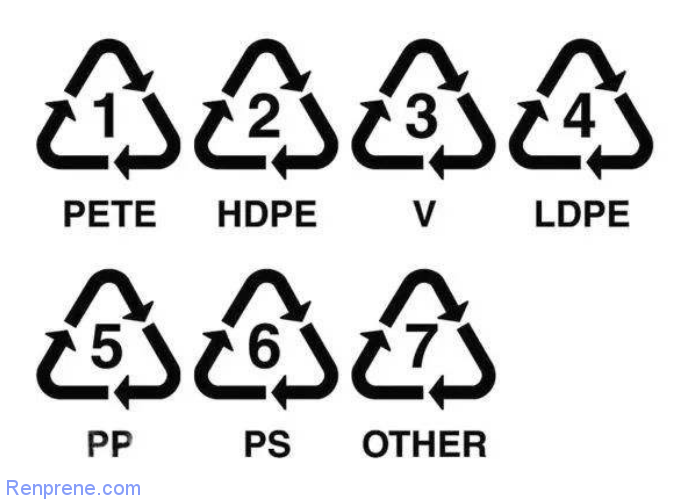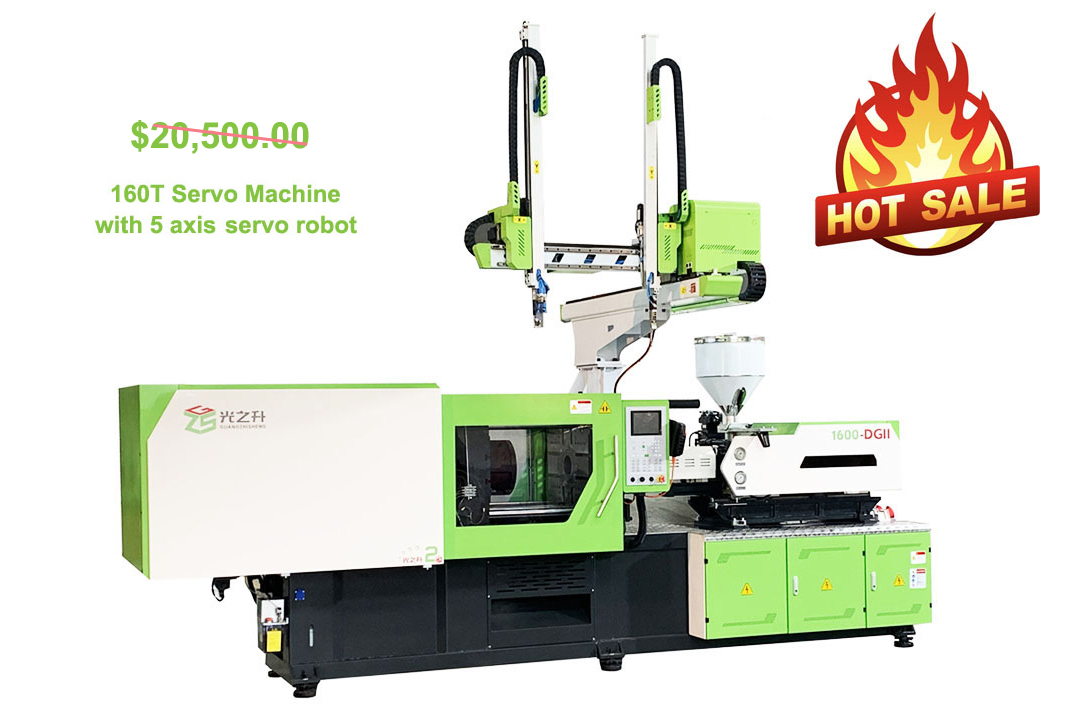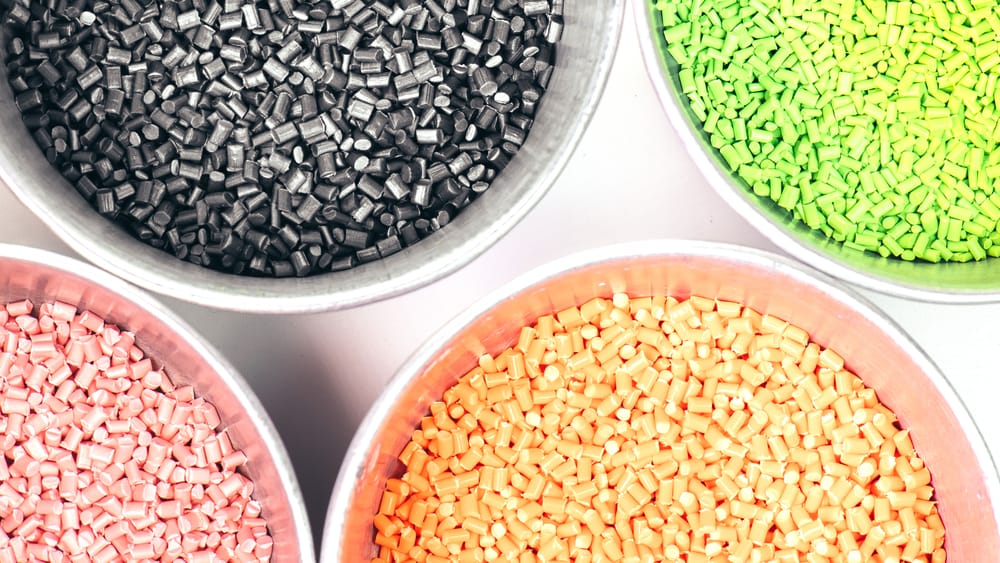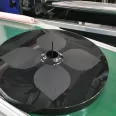The plastic bottles we often drink have triangular symbols on the back for plastic recycling. The triangles have 1-7 numbers, each representing a different material.

The number 1 represents PET, or polyethylene terephthalate
Mineral water bottles, carbonated drink bottles are made of this material. Dong Jinshi pointed out that hot water can not be recycled in beverage bottles. This material is heat-resistant to 70℃, which is only suitable for warm or frozen drinks. When loaded with high temperature liquid or heated, it is easy to deform and dissolve harmful substances to human body. Scientists found that after 10 months of use, the plastic could release carcinogens and become toxic to humans. So when you’re done, throw it away. Don’t use it as a water cup, or use it as a storage container for anything else. (The girl in the United Arab Emirates got cancer because she used the same mineral water bottle for 16 months, resulting in the release of carcinogen DEHP.)

The number 2 stands for HDPE, high density polyethylene
Plastic containers for cleaning supplies and bath products. At present, plastic bags used in supermarkets and shopping malls are mostly made of this material, which can withstand 110℃ high temperature. Plastic bags marked with food can be used to contain food. Plastic containers containing cleaning supplies and bath products can be reused after careful cleaning, but these containers are usually not easy to clean, residual original cleaning supplies, become a hotbed of bacteria, cleaning is not thorough, it is best not to recycle.
The number 3 represents PVC, or polyvinyl chloride
Common raincoat, building materials, plastic film, plastic box, etc. Good plasticity, cheap price. But can only withstand 81℃ high temperature. According to reports, this material of plastic products are easy to produce toxic and harmful substances from two aspects, one is the production process is not fully polymerized single molecule vinyl chloride, the second is harmful in plasticizer. These two substances in the encounter of high temperature and grease is easy to precipitate, poison with food into the human body, easy to cause cancer. Currently, containers of this material are used less often to package food. If in use, do not allow it to get hot.
The number 4 stands for LDPE, low density polyethylene
Plastic wrap, plastic film and so on are this material. Heat resistance is not strong, usually, qualified PE wrap in the temperature of more than 110℃ will appear hot melt phenomenon, will leave some plastic preparations that the human body can not decompose. In addition, wrap the food in plastic wrap and heat it. The fat in the food is easy to dissolve the harmful substances in the plastic wrap. Therefore, the food into the microwave oven, the first to remove the wrapping film.
The number 6 stands for PS, polystyrene
This is the material used to make instant noodles in bowls and foam fast food boxes. Heat-resistant and cold-resistant, but not in the microwave to avoid the release of chemicals due to excessive temperature. And can not be used to contain strong acids (such as orange juice), strong alkalinity.

PVC products with a plastic injection molding
PC is a material that is widely used, especially in the manufacture of baby bottles, space cups and so on. In recent years, baby bottles have become controversial because they contain BPA. Experts point out that, in theory, as long as in the process of making PC, bisphenol A 100% converted into plastic structure, it means that the product is completely free of bisphenol A, let alone release. However, if A small amount of BPA is not converted into the plastic structure of PC, it may be released into food or drink. The higher the temperature of the residual bisphenol A in PC, the more and faster the release rate. Therefore, hot water should not be served in PC water bottles. If the container has any fall or damage, it is recommended to stop using, because plastic products if there is a fine surface pit, easy to hide bacteria. Avoid repeated use of aging plastic appliances.
